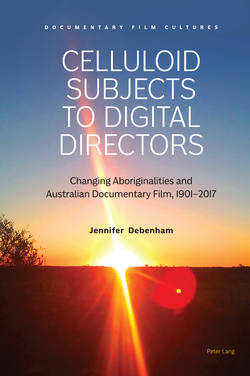Читать книгу Celluloid Subjects to Digital Directors - Jennifer Debenham - Страница 16
На сайте Литреса книга снята с продажи.
The Longue Durée
ОглавлениеForming part of a broader dialogue, the films are employed to illustrate the shifts in social attitudes and political exigencies about Aboriginal people. This is achieved by applying French historian Fernand Braundel’s longue ←4 | 5→durée approach. It provides the necessary historical distance to trace the minute changes in the relationship between Aboriginal and non-Aboriginal Australians. Each film is historically emblematic of these shifts, signposting changes in the representation of Aboriginal peoples. The approach to the films differs from other important studies of Australian documentary films. Unlike Ian Bryson’s valuable Bringing to Light: a history of ethnographic filmmaking and the Australian Institute of Aboriginal and Torres Strait Islander Studies (2002) and Lisa Milner’s insightful Fighting Films: a history of the Waterside workers’ Federation (2003), which concentrate on specific institutions, this book considers a range of institutions that made films about Aboriginal peoples to examine their ideological motivations for making the films. The book also examines a range of filmmakers, rather than focusing on a specific individual like Anna Grimshaw’s valuable work on David and Judith MacDougall in The Ethnographer’s Eye (2001), and Graham Shirley’s informative piece on Cecil Holmes for the National Sound and Film Archive (NSFA). Tracing the production of documentary films about and then by Aboriginal people, the book traces the journey from early ethnographic films to a recent and critical phase in the trend toward decolonisation of the documentary screen.
